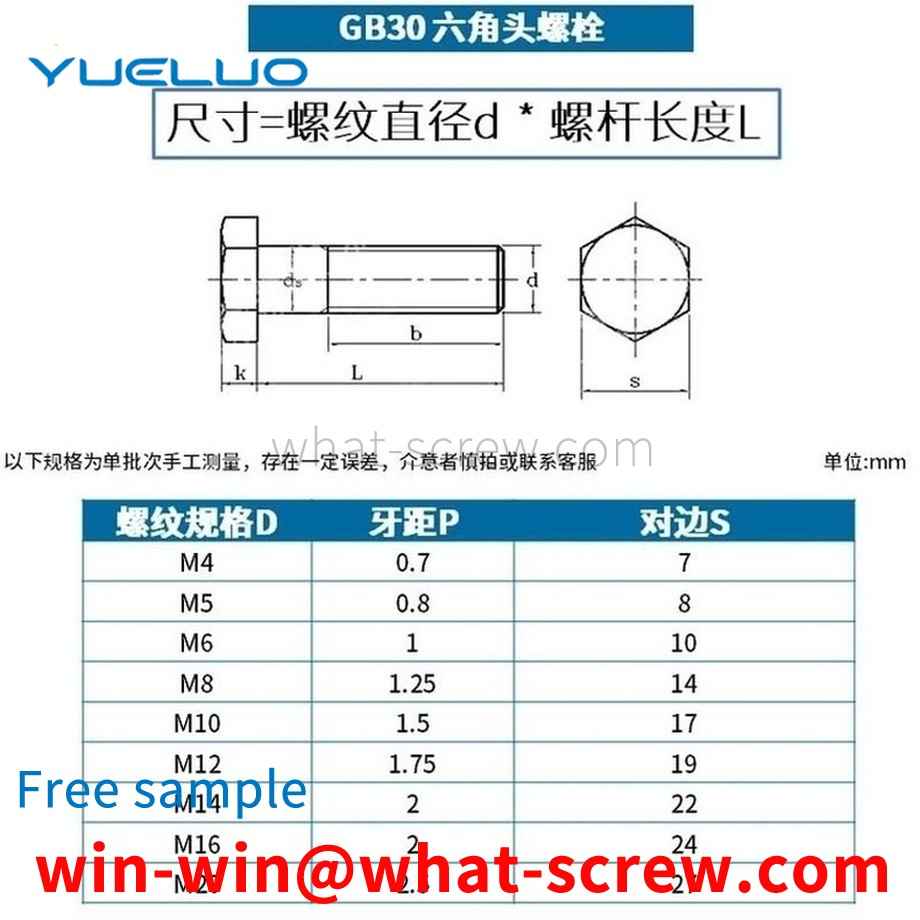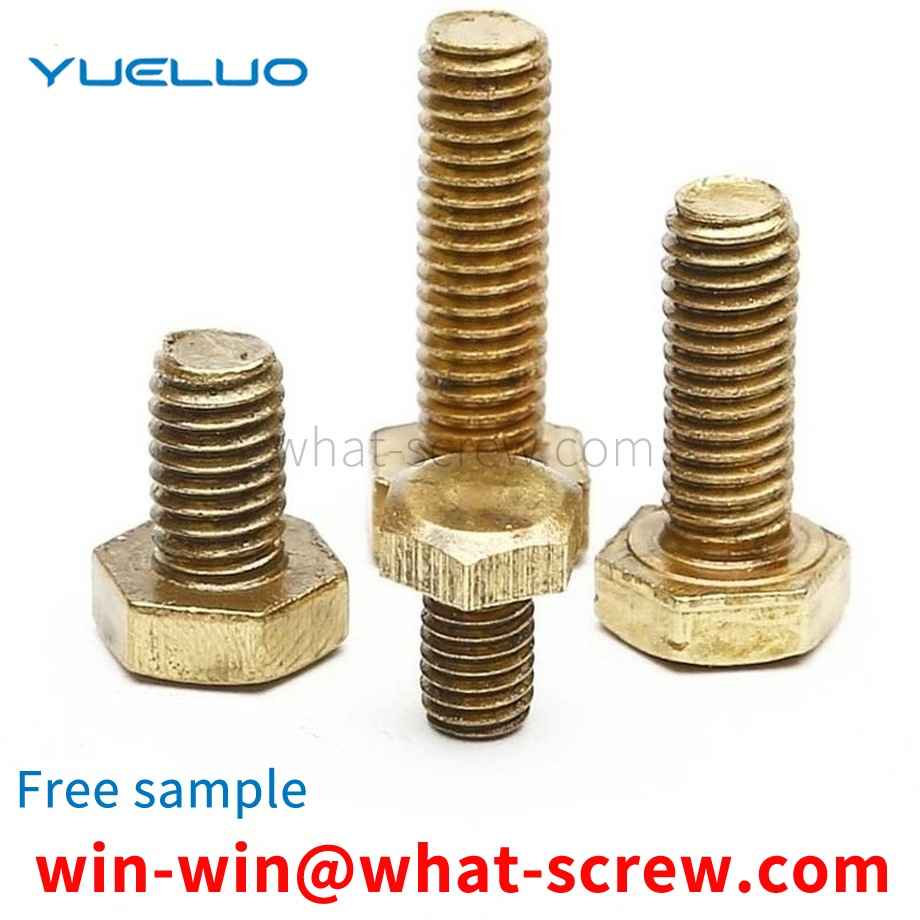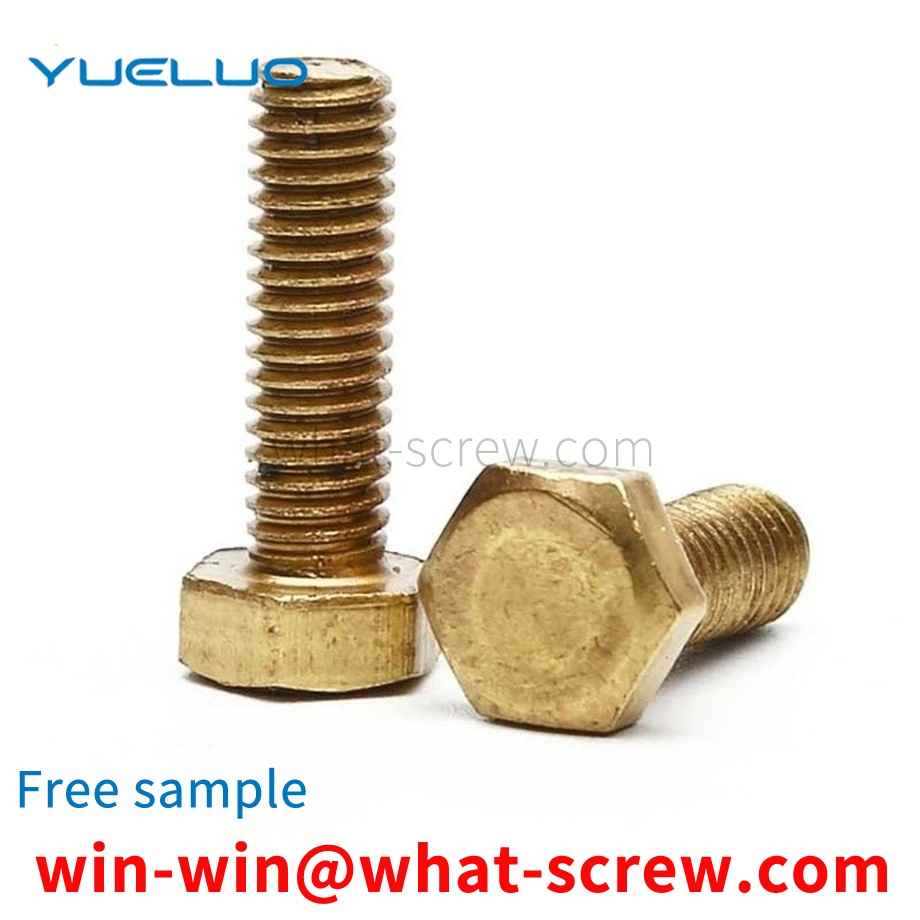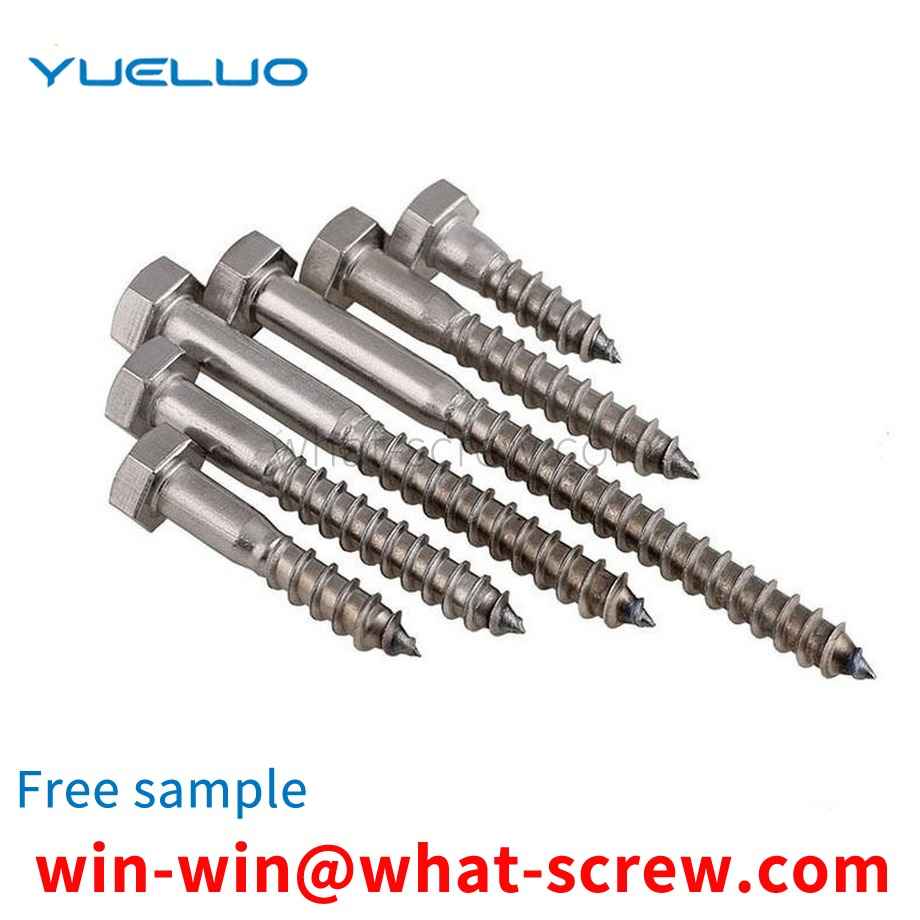What is the tolerance range of precision screws?
What is the tolerance range of precision screws?
Service Hotline
+86760-8787 8587We have more than ten years of production experience in the screw industry, the main products are: rubber sleeve shock absorber gasket, dish-shaped embossed gasket, cylindrical socket head cap screw, elastic pin cylindrical pin, hand-tightened ingot nut, DIN982 outer hexagon, Phillips Half round head pan head screws, metric washers, UNI5721 hexagonal cap nuts, types of washers, 8.8 grade screws, trapezoidal connectors, flat washer combinations, DIN25201, wood screws and other fasteners, due to the different materials and specifications of the products. There are different prices, please contact us if necessary.


At present, the main four kinds of anti-shedding nuts are still prone to falling off. Friction and anti-shedding are in the case of shock, vibration and variable load. At the beginning, the nut will decrease in preload due to relaxation. As the number of vibrations increases, the loss of preload will increase. The force increases slowly, eventually causing the nut to loosen and the threaded connection to fail. The mechanical nut is prevented from falling off by adding a stopper, which makes it inconvenient to disassemble. The riveting and punching prevention is to prevent the separation by welding, bonding, etc. This method can only be disassembled by destroying the bolt pair.

The performance grade is divided into 15 grades, stainless steel is grade 51, and the open type blind rivet is divided into two types: countersunk head and flat round head according to the shape of the head. Among them, open blind rivets with performance levels of 10 and 11 are widely used. In 2006, the National Standards Committee revised and released GB/T 12617.1-2006 Open Type Countersunk Head Blind Rivets Class 10 and 11 and GB/T 12618.1-2006 Open Type Flat Round Head Blind Rivets Class 10 and 11. National standards for 10 and 11 class open blind rivets. The two new standards, respectively adopting ISO15978:2002 and ISO15977:2002 international standards, were released on July 5, 2006 and officially implemented on December 1, 2006. After implementation, it will replace the two old standards GB/T 12617-1990 Open Type Countersunk Head Blind Rivets and GB/T 12618-1990 Open Type Oblate Head Blind Rivets.


1. First remove the sludge on the surface of the broken head of the broken screw, use the center gun to kill the center gun of the section, and then use an electric drill to install a drill bit with a diameter of 6-8 mm to drill the hole in the center of the section, pay attention to the hole must be drilled through. After the hole is drilled through, remove the small drill bit and replace it with a drill bit with a diameter of 16 mm, and continue to expand and drill through the hole of the broken bolt. 2. Take a welding rod with a diameter of less than 3.2 mm and use a medium and small current to carry out surfacing welding from the inside to the outside in the hole of the broken bolt. Take half of the entire length of the broken bolt at the beginning of the surfacing welding. When starting the surfacing welding, the arc should not be too long. In order to avoid burning through the outer wall of the broken bolt, surfacing to the upper end face of the broken bolt, and then continue surfacing to weld a cylinder with a diameter of 14-16 mm and a height of 8-10 mm. 3. After the surfacing is completed, hammer the end face with a hammer to make the broken bolt vibrate along its axial direction. Due to the heat generated by the previous arc and the subsequent cooling plus the vibration at this time, the broken bolt and the thread of the body will be loose in between. 4. Carefully observe, when it is found that a small amount of rust leaks from the fracture after the knock, take the M18 nut and put it on the surfacing column head and weld the two together. 5. After welding, use a torx wrench to cover the nut while it is still hot, and twist it back and forth, or tap the end face of the nut with a small hand hammer while twisting back and forth, so that the broken bolt can be taken out. 6. After taking out the broken bolt, use a suitable tap to process the thread in the frame to remove rust and other debris in the hole.

Here Yueluo eliminates the drawbacks. The purpose of Yueluo is to provide a locking screw by which the gap existing between the locking screw and a transverse hole in a locking screw can be eliminated. Yueluo achieves the proposed object with a locking screw, which has the features of claim 5 . The line connecting the centers of gravity of the respective axially continuous orthogonal cross-sectional areas of the locking screw is regarded as a line. The advantage achieved by Yueluo can basically be seen that, due to the locking screw of Yueluo, the gap between the horizontal hole of the screw and the locking screw can be eliminated. Other advantages are as follows - the insertion accuracy and surgeon time spent remain within the range to date; - the strength of the locking screw is maintained; and - the extraction of an expired broken screw is assured. The further composition of Yueluo and Yueluo is explained in more detail below by means of schematic diagrams of parts of various embodiments.

The above content is uploaded by Yueluo or the Internet. If there is any copyright issue, please contact [email protected].

What is the tolerance range of precision screws?

How to choose the right stainless steel screw manufacturer?

Why is there an R angle under the head of the hexagon head s...

We have more than ten years of production experience in the ...

We have more than ten years of production experience in the ...

We have more than ten years of experience in screw industry ...

We have more than ten years of experience in screw industry ...